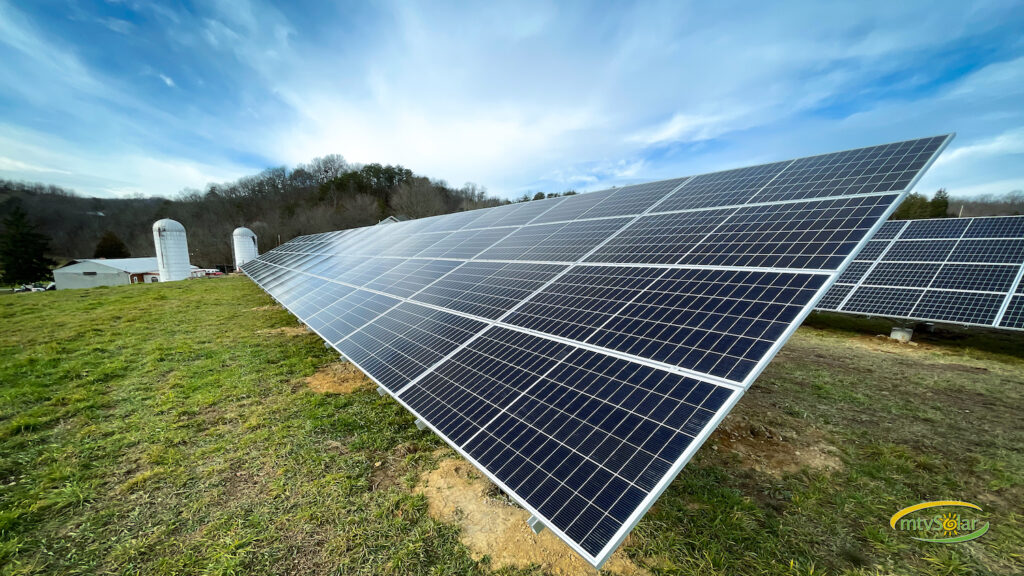As winter approaches, North America faces another season of power reliability challenges. Extreme weather events, such as ice storms and snowstorms, can knock out power grids, leaving millions of people without electricity for days or even weeks.
Solar and battery storage systems can provide a critical source of energy during winter weather events. Solar panels generate electricity even on cloudy days, and batteries can store that electricity for use when the grid goes down. This is especially important when temperatures are low and daylight hours are shorter.

Solar and batteries improve energy resilience during winter weather in a few ways:
- Reduce reliance on natural gas. Natural gas is a major source of electricity generation in many parts of North America. But natural gas pipelines can freeze during extreme cold weather, cutting off the fuel supply to power plants. Solar and battery storage systems reduce reliance on natural gas by providing a reliable source of backup power.
- Provide continuous power during outages. When the grid goes down, solar and battery storage systems can provide continuous power to homes and businesses. They can keep critical infrastructure up and running, such as hospitals, water treatment plants, and communication networks.
- Extend the reach of the grid. Solar and battery storage systems can provide power to remote areas that aren’t reached by the traditional grid, improving energy access and resilience in underserved communities.
How solar and batteries work together
Solar panels generate electricity during the day, which can be used to power homes and businesses directly. Any excess electricity can be stored in batteries for use later. When the sun goes down or the grid goes down, batteries can provide backup power.

Solar and battery storage systems can be used to create a microgrid, which is a small, self-contained power system that can operate independently of the grid. Microgrids can be used to provide power to homes, businesses, and communities during emergencies.
Real-life ways that solar & batteries help
There are a number of examples of solar and battery storage systems being used to improve energy resilience during winter weather events. For example:
- In Texas, a microgrid powered by solar and batteries provided power to a hospital during the February 2021 winter storm.
- In New York, a solar and battery storage system at a grocery store provided power to the store and its surrounding neighborhood during a power outage.
- In California, a microgrid powered by solar and batteries is being used to provide power to a community of low-income residents who are often affected by power outages.
Solar and batteries combined with a generator creates a hybrid power source
- Batteries can store excess electricity generated by solar panels for use later. This can help to bridge the gap between when the sun goes down and when the generator is used to power homes and businesses.
- With certain system designs, the generator can be used to top off the batteries when they are low. This can help to extend the life of the batteries, reduce the number of times that the generator needs to be used, and cut down on gas consumption.
By combining solar panels, batteries, and a generator, homeowners and businesses can create a hybrid power system that can provide reliable power even during winter weather events.
Solar and battery storage systems can play a critical role in improving energy resilience during winter weather events. By reducing reliance on natural gas, providing continuous power during outages, and extending the reach of the grid, solar and batteries can help to keep people and businesses safe and connected.


